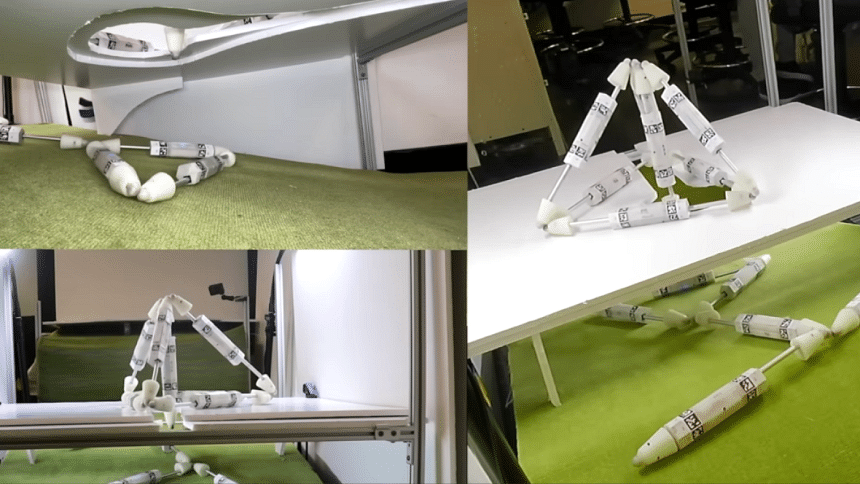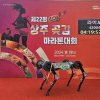Scientists develop robot that "eats" other robots to grow

Researchers at Columbia University have created a process in which machines can physically grow by consuming parts from other robots or their environment. This new technology, described as 'robot metabolism', allows robots to absorb materials to expand, repair, and improve themselves, much like living organisms, according to a study published in Science Advances, a peer-reviewed scientific journal.
The team demonstrated this concept using modular robots called Truss Links - magnetic, bar-shaped units that can connect to form complex structures. In experiments, these robots showed abilities to be self-assembled into shapes, transforming from 2D to 3D forms, and even incorporating additional parts to enhance their capabilities. One robot improved its downhill speed by over 66% after "consuming" an extra component to use as a walking stick, states the study.
"True autonomy means robots must not only think for themselves but also physically sustain themselves," explained lead researcher Philippe Martin Wyder in the study. The system works similarly to biological metabolism, where organisms use and reuse basic building blocks. The scientists envision future applications where robot communities maintain themselves in challenging environments like disaster zones or space.
While the technology promises more resilient and adaptable machines, the researchers acknowledge potential concerns. Co-author Hod Lipson cautioned: "The image of self-reproducing robots conjures some bad sci-fi scenarios." However, he stressed the practical necessity - as robots take on more critical roles in society, they'll need to maintain themselves without constant human intervention.
This development marks a significant step toward creating truly autonomous machines that can physically evolve to meet changing demands, potentially revolutionising fields from space exploration to automated manufacturing.

 For all latest news, follow The Daily Star's Google News channel.
For all latest news, follow The Daily Star's Google News channel. 








Comments